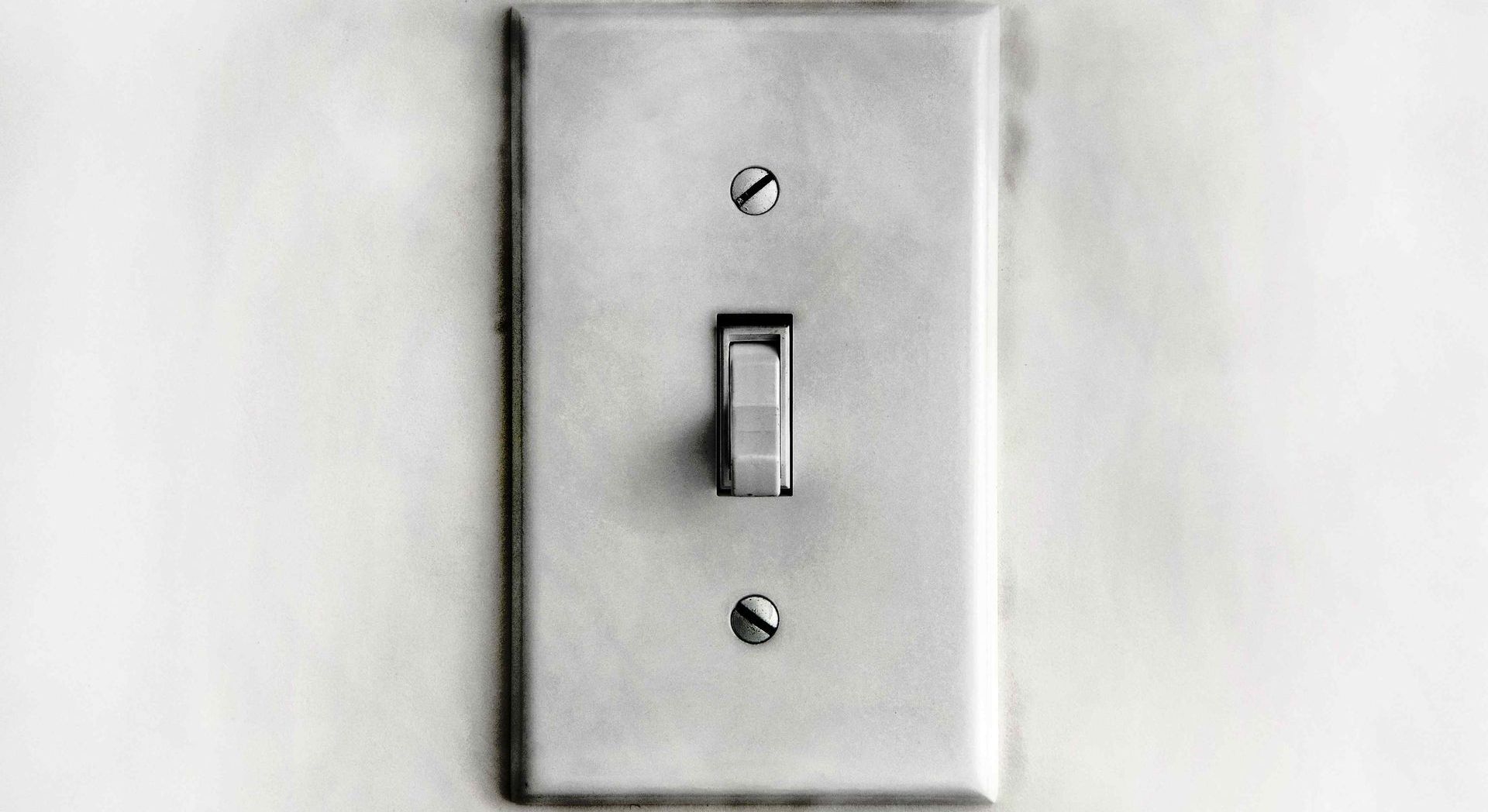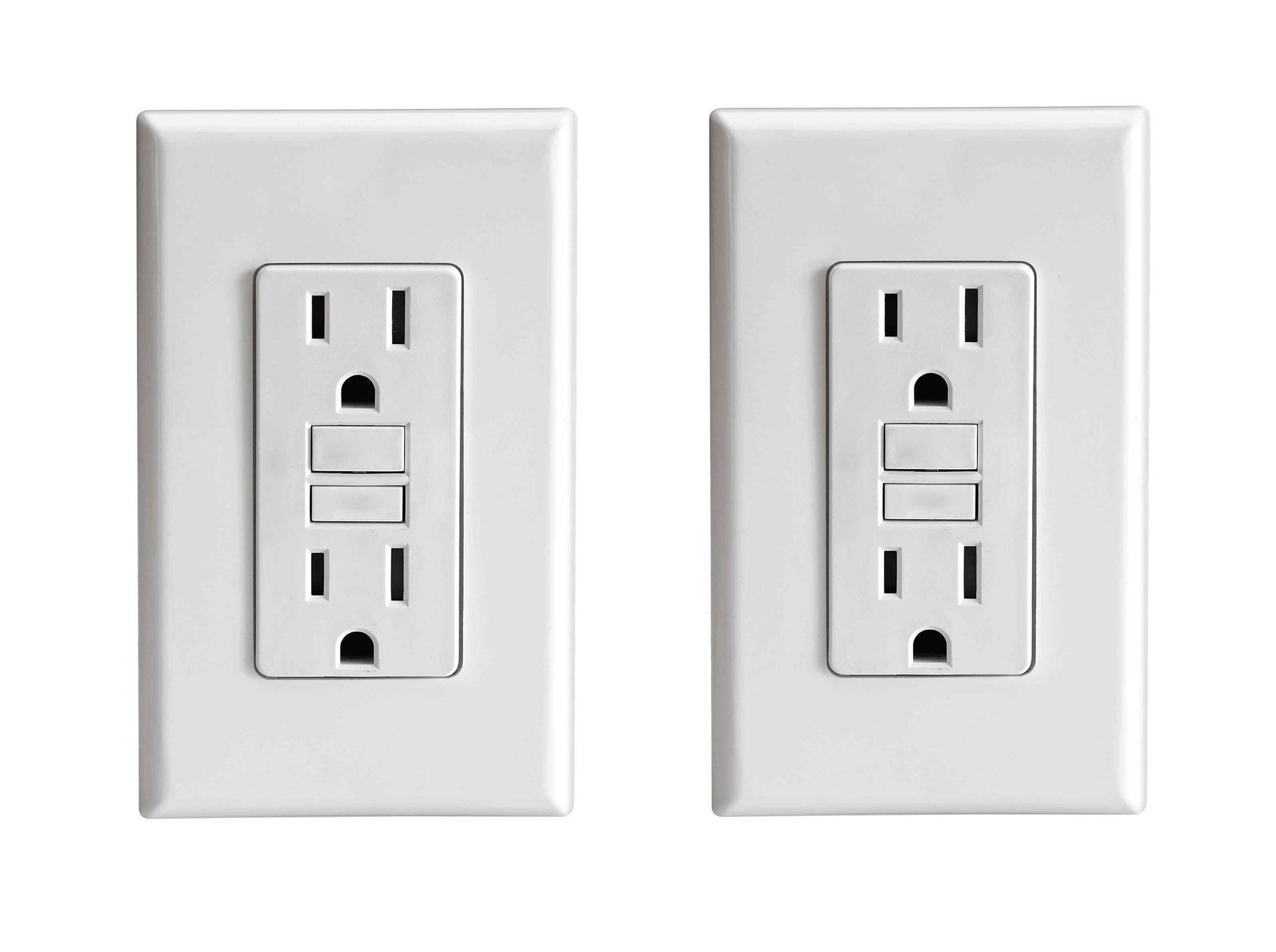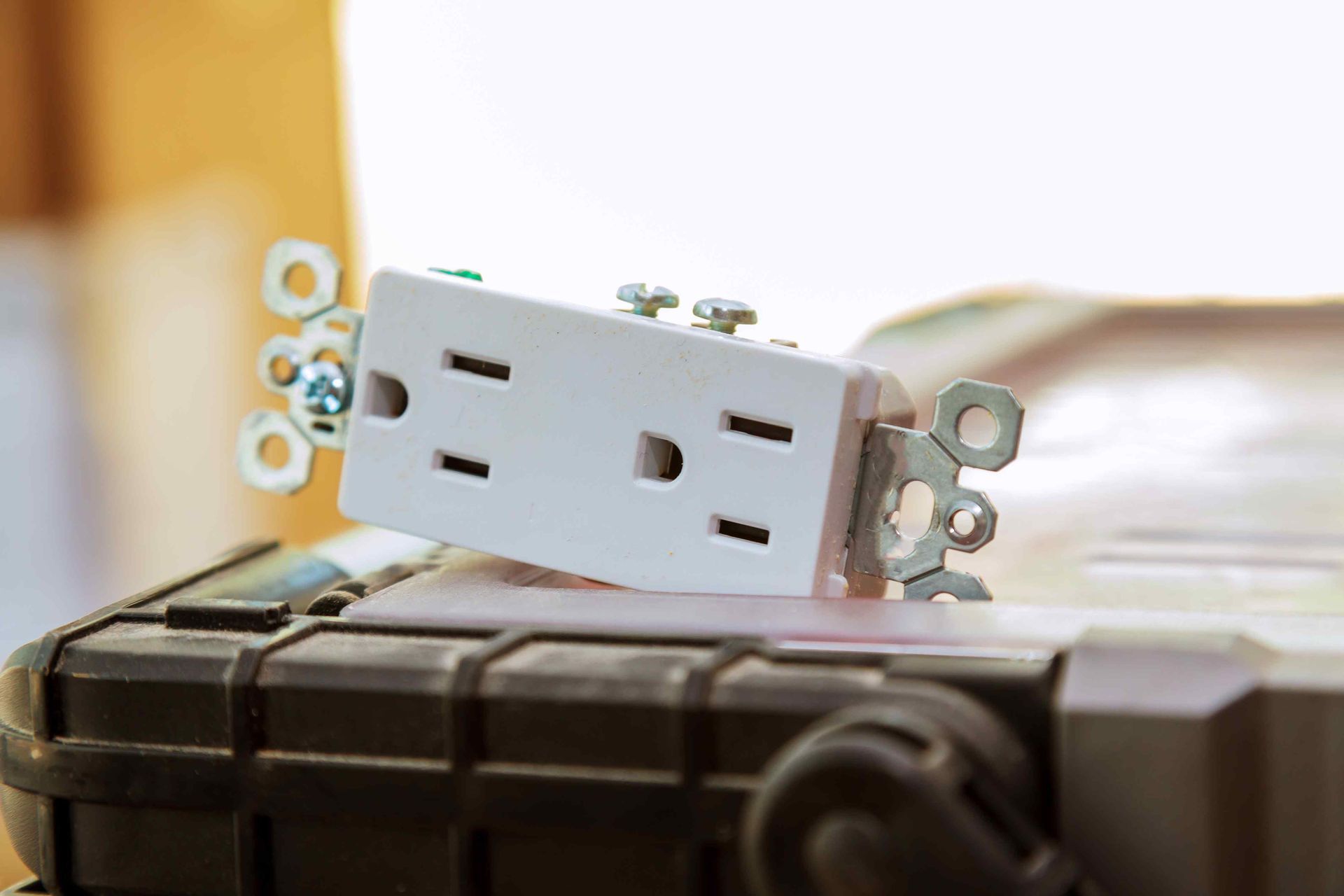How to Identify and Address Electrical Hot Spots in Your Arlington Home
Our experts teach you how to identify and address electrical hot spots.

Introduction
Electrical hot spots can be a cause for concern in any home. These hotspots can lead to serious electrical problems, including fires, if not taken care of. In this blog post, we'll walk you through the process of identifying and addressing electrical hot spots. With these steps you'll make your home a safer place.
Identifying Electrical Hot Spots
- Warm or Hot Outlets: One of the most common signs of an electrical hot spot is an outlet that feels warm or hot to the touch. If you notice this, it's crucial to investigate the cause right away.
- Burning Smell: Unusual odors should never be ignored. This is particularly true when they come from outlets, switches, or electrical panels. These odors are often a sign of overheating or potential electrical damage.
- Flickering Lights: If your lights flicker or dim unexpectedly, it could be a sign of an electrical problem. Consistent issues with lighting may point to hot spots within your electrical system.
- Discoloration or Scorch Marks: Examine outlets and switches for discoloration or scorch marks. These visual cues are strong indicators that there may be an overheating issue.

Addressing Electrical Hot Spots
- Power Down and Investigate: If you suspect an electrical hot spot, the first step is to cut power to the affected area. Turn off the circuit breaker associated with the problematic outlet or switch. Avoid using the electrical component until the issue is resolved.
- Consult a Professional: Electrical issues are best handled by licensed professionals. Here at Affordable Electric Arlington, our certified electricians are ready to help. We have the expertise to identify the cause of hot spots and recommend appropriate solutions.
- Upgrade Outdated Wiring: Older homes may have outdated wiring. Oftentimes, the wiring is not equipped to handle the demands of modern devices. Consider upgrading your wiring to reduce the risk of hot spots and improve safety.
- Reduce Electrical Load: Overloading circuits is a common cause of hot spots. Be mindful of the number of devices plugged into outlets. Avoid using extension cords for long periods. Distribute electrical loads evenly to prevent overheating.
- Install Tamper-Resistant Outlets: Tamper-resistant outlets protect against electrical hazards, including overheating. Look into replacing standard outlets with tamper-resistant ones. This is especially important in homes with young kids.
- Regular Electrical Inspections: Schedule routine electrical inspections to identify hot spots before they are a serious issue. This can prevent electrical problems and keep your home safe.
Conclusion
Identifying and addressing electrical hot spots is key to a safe and secure home. Protect your home from hazards by being aware of warning signs. If you see any, take action right away. Contact a qualified electrician for a thorough assessment and professional repair. Making electrical safety a priority will protect you and your loved ones.
You might also like
The Arlington Electric Blog
Get Instant Quote
Affordable Electric Arlington Lead Form
We will get back to you as soon as possible.
Please try again later.
Quick & Reliable Electrician Company in Arlington TX
Contact us today for reliable, efficient, and customized electrical solutions. Let us ensure your world has reliable, efficient, and safe power. Your satisfaction is our priority.
Navigation
Working hours
- Mon - Sat
- -
- Sunday
- Closed
New Paragraph
Address
2500 E Randol Mill Rd, Arlington, TX 76011, USA
All Rights Reserved | Affordable Electric Arlington
Powered by: WebPro.ai




